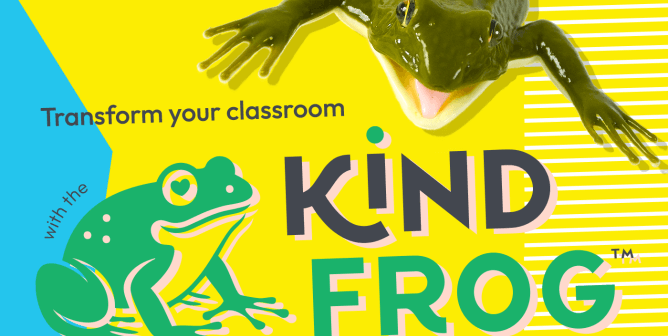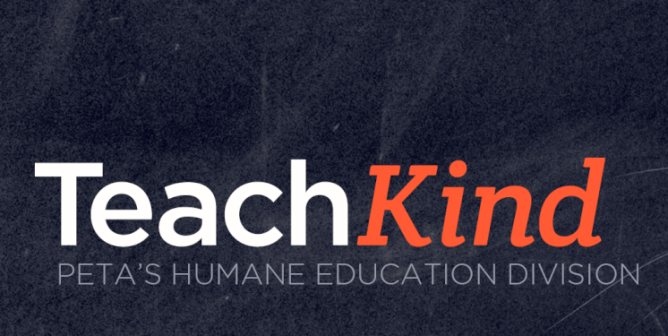Welcome to TeachKind, PETA’s humane education division! We are former classroom teachers, here to help schools, educators, and parents promote compassion for animals through free lessons, virtual classroom presentations, advice, online materials, and more. With TeachKind’s resources, you can “feed two birds with one scone”—simultaneously fostering compassion for animals and helping students develop academic skills—and start building empathy for all right now!
Many students face a variety of stresses from home life, school, and social pressures, and they may feel embarrassed or hesitant to ask for the things they need. A care closet can be a discreet source of comfort and privacy, providing essential personal care items that help students feel cared for and valued. By creating … Read more »
Who owns the rights to a photograph taken by a monkey? This intriguing question was at the heart of a groundbreaking legal case involving PETA, representing Naruto, a crested macaque who snapped a series of selfies with an unattended camera, and photographer David Slater, the camera’s owner. Slater discovered Naruto’s selfies after retrieving his camera … Read more »
If you are a teacher, parent, or caregiver who keeps up with educational trends, you’re likely aware of the mental health crisis affecting many young people today. The pressures of academic performance, social dynamics, and personal challenges have led to rising levels of anxiety, depression, and other mental health issues among K-12 students. Addressing this … Read more »
Stories of people helping animals are all over the internet, and sharing them with your students is an excellent way to encourage kindness both in and out of the classroom. Because most children naturally feel compassion for animals, sharing rescue stories is a great way to engage and motivate different types of learners and encourage … Read more »
TeachKind’s team of former classroom teachers and experts can help you “feed two birds with one scone,” simultaneously fostering compassion for animals (which also cultivates social and emotional learning) and helping students develop academic skills. WHAT CAN TEACHKIND DO FOR YOU? Donations, Free Events, Free Teaching Resources FREE Books We donate books to schools and … Read more »











